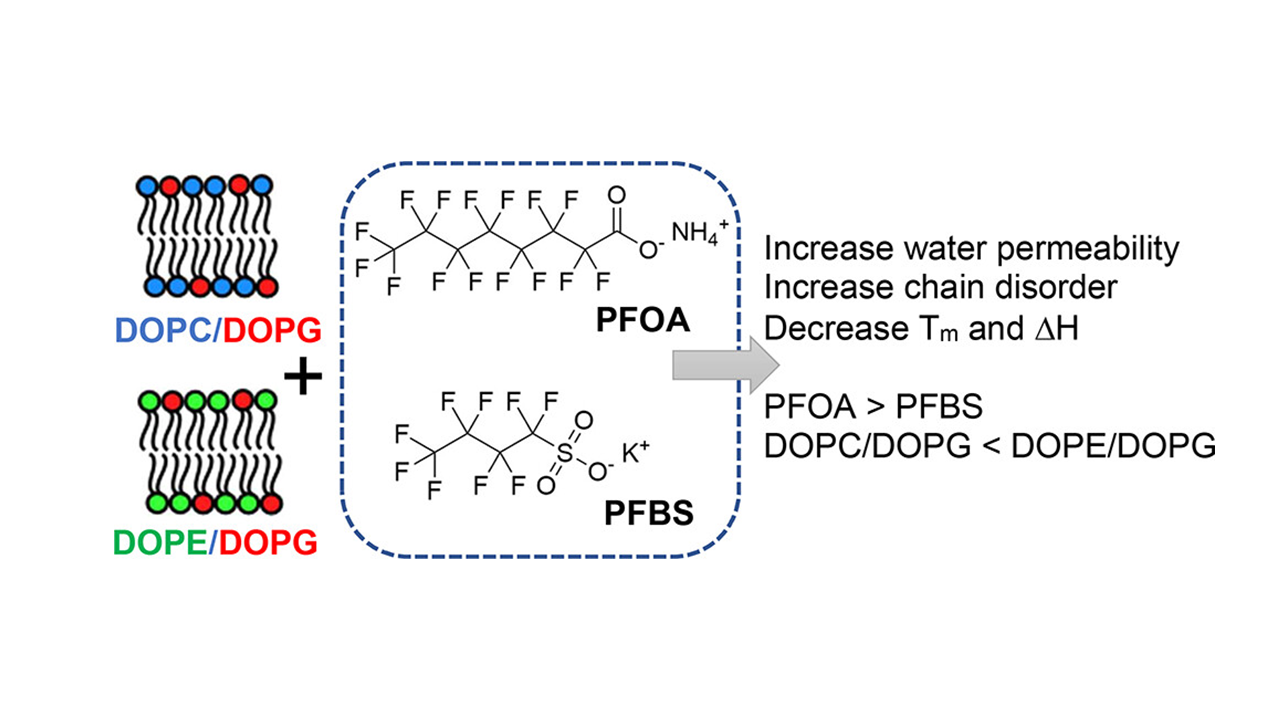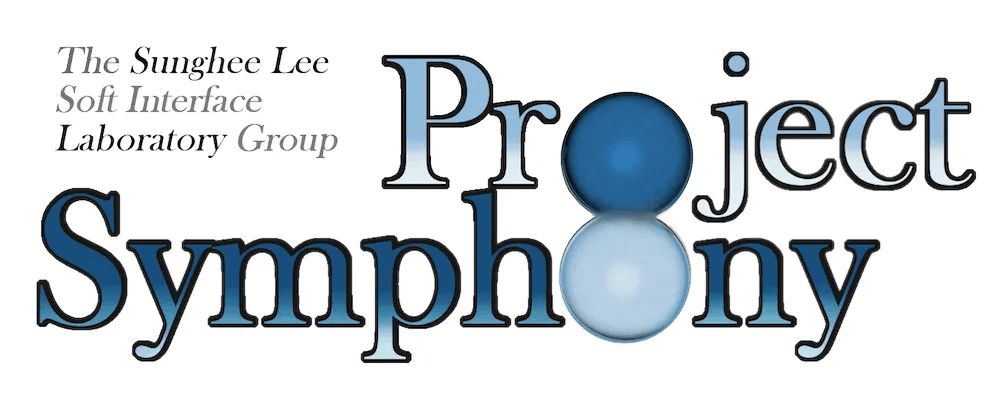Ten Project Symphony Group Members Trek to Nation’s Chemistry Hub to Present Their Research
Sunghee Lee, Ph.D. • September 4, 2019
Ten Project Symphony members proudly joined the international chemistry community at the National Meeting of the American Chemical Society (ACS), San Diego, CA, from August 24-28, 2019. They presented eight research posters describing their scientific research conducted at Iona College over the summer. Attending this National Meeting provided an excellent opportunity for these students to broaden their scope of experience in science, by meeting prominent international chemists, attending lectures, and displaying and explaining their own results.

Our research team has uncovered new details about how small oil-like molecules influence the thickness and flexibility of cell membranes. These membranes, built from layers of lipids, contain tiny pockets of free space that help control how soft, dense, or permeable the membrane is. Our research team found that some smaller molecules can fit into these layers, making the membrane thicker, while larger or crystallizing ones get pushed out, leading to thinning. These changes help explain how different molecules inside a membrane affect its overall structure and function. This study not only expands our understanding of how biological membranes work but also points to new possibilities for creating custom-designed synthetic membranes for research and technology. Read more details here: https://pubs.acs.org/doi/10.1021/acs.jpcb.5c06296 Congratulations to the Project Symphpony team for their exciting findings and continued dedication to advancing membrane science!

We are absolutely thrilled to announce that our Project Symphony, undergrad-fueled research team, just published another article digging into how those stubborn “forever chemicals”, called perfluoroalkyl substances, or PFAS, can mess with model bacterial membranes, making them leakier and less organized than before. It is alarming to discover that these chemicals actively change the physical properties of membranes, and different types of lipids respond in their own way to the disruption, meaning some bacteria could be more affected than others. What makes this work even more special is that our undergraduate team handled every step, and it’s now out there as open access for everyone to read—proof that curiosity and teamwork can lead to great science. The article is appeared in ACS Omega (on August 26, 2025), a publication of American Chemical Society (ACS). Please explore the article here: " Membrane-Modifying Effects of Perfluoroalkyl Substances in Model Bacterial Membranes " https://pubs.acs.org/doi/10.1021/acsomega.5c04177 Congratulations to Micaela, Amani, Jasmin, Jessica, Lizzy, Joey, and Jacqui for their enthusiasm and hard work leading to this contribution! Project Symphony’s journey continues—stay tuned for what’s next.

We are incredibly proud to announce that our talented Project Symphony undergraduate research team has just published a significant scientific article in the prestigious Journal of Physical Chemistry B, a leading journal published by the American Chemical Society in physical chemistry research. The newly published study, titled "Biophysical Consequences for Exposure of Model Cell Membranes to Perfluoroalkyl Substances," explores the complex interactions of widely used environmental chemicals (PFAS) with biological model membranes. This research addresses important health and environmental questions, employing various techniques to reveal how molecular structures of PFAS influence membrane properties and permeability. Please read: Biophysical Consequences for Exposure of Model Cell Membranes to Perfluoroalkyl Substances, J. Phys. Chem. B 2025, 129, 31, 7951–7963 https://pubs.acs.org/doi/10.1021/acs.jpcb.5c02472 What makes this achievement truly exceptional is that the work was led and conducted by undergraduate researchers, demonstrating their brilliance and dedication to advancing scientific knowledge. Their contribution not only adds valuable insights into the field of environmental and physical chemistry but also sets an inspiring example of how undergraduate students can make impactful contributions to cutting-edge science. Congratulations to the entire team for this outstanding accomplishment! This publication is a testament to their hard work, curiosity, and the rigorous training they have received.


